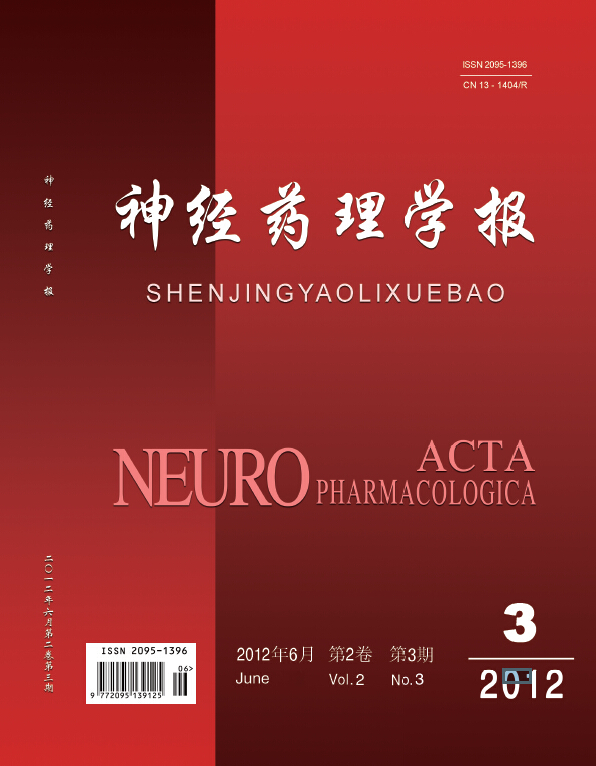|
|
Antioxidant effects of Orientin and Vitexin in Trollius Chinesis in D-galactose-induced mice model of aging
TIAN Qing-qing, WANG Shu-hua, AN Fang
2012, 2 (3):
1-6.
Objective: To study the antioxidant effects of orientin and vitexin from Trollius chinensis Bunge. Methods: The aged mouse model was established through Daily intraperitoneal injection of D-galactose for 8 weeks was used to establish experimental aging in mice. Different groups of mice were treated with 40, 20 or 10 mg·kg-1 orientin, vitexin, or a positive control (vitamin E) via intragastric administration for an additional 8 weeks. The total antioxidant capacity in the serum, activities of the antioxidant enzyme and the cell membrane transport ion ATP enzyme, and the level of malondialdehyde in the liver, brain and kidneys were determined. Results: Orientin, vitexin, and vitamin E produced a significant increase in total antioxidant capacity, in the serum, and the levels of superoxide dismutase, catalase and glutathione peroxidase, Na+-K+-ATP enzyme, and Ca2+-Mg2+-ATP enzyme in the liver, brain and kidneys. In addition, they significantly reduced the malondialdehyde levels in the liver, brain and kidney. The 40 mg·kg-1 dose of orientin and vitexin had similar antioxidant effects as vitamin E. Conclusion: Orientin and vitexin have anti-aging effects possibly through their antioxidant activities.
References |
Related Articles |
Metrics
|

